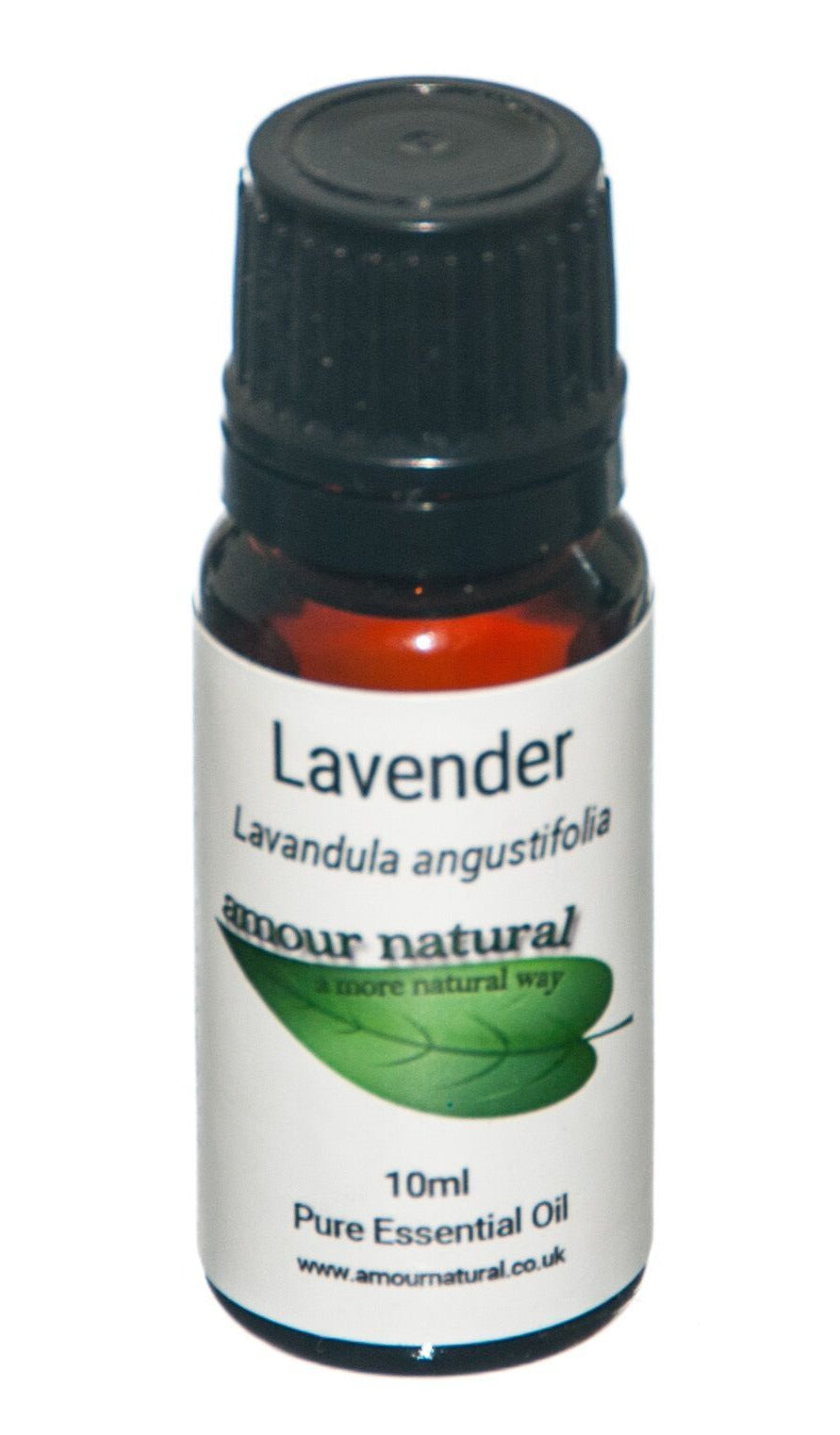Some suggested directions for use:
Add 6-10 drops in a bath
Mix 5 drops with water to use in an oil burner
Mix 6-10 drops with hot water as an inhalation
Mix 5 drops per 10ml of carrier oil for massage
(Can be applied direct to skin problem areas (avoid if over-sensitive)
Precautions:
Do not take internally
Keep away from children and eyes
(Avoid during early pregnancy as it is an emmenagogue (stimulates blood flow to the pelvis and uterus
If low blood pressure, may cause drowsiness

Details Click to see more
Description
Lavender True (Lavandula angustifolia)
Aroma
Lavender oil is a light, floral and herbaceous aroma with a woody, balsamic undertone.
The plant
The lavender plant has long stems with tiny blue-purple flowers covering them. It is a popular English herb, as well as being widely cultivated in France and Yugoslavia.
The extraction
Lavender essential oil is extracted from the fresh flowering tops by steam distillation.
Affects
Lavender oil is a calming and relaxing oil. It was highly advocated by Rudolf Steiner for its balancing psychological affects.
Lavender oil is a popular choice of aromatherapists. A digestive remedy often recommended by aromatherapists is to massage 5 drops of lavender oil in 25ml of carrier oil (jojoba, sweet almond or grapeseed) gently into the abdomen in a clock-wise motion. The soothing properties of the oil are absorbed through the skin and the massage helps increase blood flow to this area.
Lavender oil has exceptional skin-enhancing properties, balances sebum production and encourages healthy cell growth. It is a must have in all first aid kits, as the cicatrising properties help the skin heal quickly and the cytophylactic properties help to reduce scarring, as well as having powerful antiseptic properties that are useful in the treatment of open wounds.
Lavender has been long-used to keep moths and insects away from clothes, by placing lavender pillows or sachets in draws or in between bed sheets.
History
Using Lavender for healing is an ancient remedy and been passed down through the generations. Lavere is Latin for to wash and the Romans used to bathe in lavender water to cleanse their wounds. It was also once thought to cure milder forms of epilepsy.
Interesting fact
King Charles 1 sts wife, Queen Henrietta Maria was a well known lover of lavender and wore it as a perfume.
Chemical constituents
Borneol, Geraniol, Lavandulol, Linalool (Alcohols), Aeranyl acetate, Lavandulyl acetate, Linalyl acetate (Ester), Cineole (Ketone), Caryophyllene (Sesquiterpene), Limonene, Pinene (Terpenes).
Blending
Lavender essential oil blends especially well with citrus and floral oils, in particular with cedarwood, clove, clary sage, pine, geranium, and patchouli.


